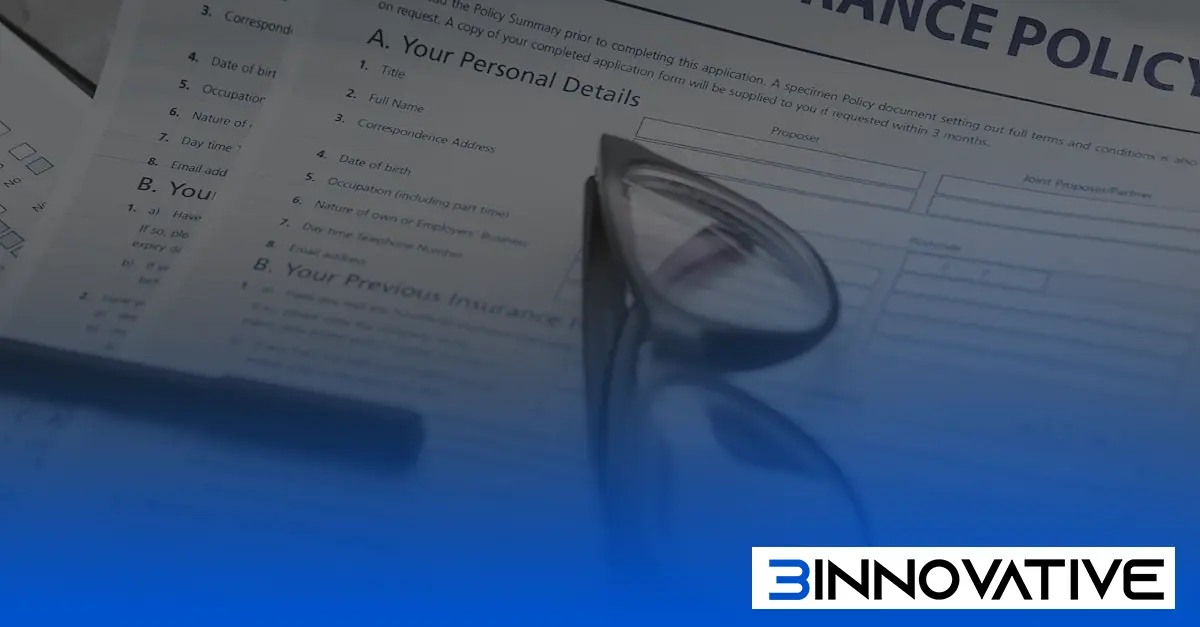Underwriting Software Development: Revolutionizing Risk Assessment in the Insurance Industry

Underwriting Software Development: Transforming the Insurance Industry's Risk Assessment
Estimated reading time: 10 minutes
Key Takeaways
- Underwriting software development is revolutionizing risk assessment in the insurance industry.
- Modern underwriting tools help insurers streamline operations and improve accuracy.
- The shift from manual to automated underwriting systems has significantly improved efficiency.
- AI underwriting solutions enhance decision-making with advanced analytics and automation.
- Implementing advanced underwriting software provides increased accuracy, cost savings, enhanced customer experience, and scalability.
Table of Contents
- What is Underwriting Software Development?
- Evolution from Manual Underwriting to Automated Underwriting Systems
- The Traditional Manual Approach
- The Rise of Automated Underwriting Systems
- Key Features of Insurance Underwriting Software
- Data Analysis and Risk Assessment
- Process Automation
- Compliance Management
- Real-Time Processing
- Risk Assessment in Underwriting Software
- AI Underwriting Solutions for Insurers
- Machine Learning Algorithms
- Predictive Analysis and Fraud Detection
- Benefits of Implementing Advanced Underwriting Software
- Increased Accuracy
- Cost Savings
- Enhanced Customer Experience
- Scalability
- Choosing the Right Underwriting Software Development Partner
- Industry Expertise
In today's fast-paced insurance landscape, underwriting software development has emerged as a game-changing force revolutionizing how insurers evaluate risks and make critical decisions. Modern insurance companies face mounting pressure to streamline operations while maintaining pinpoint accuracy in risk assessment. As a result, advanced underwriting tools have become indispensable for insurance professionals looking to stay competitive.
Underwriters increasingly rely on sophisticated software solutions to efficiently manage risks and determine appropriate pricing. These automated underwriting systems and AI underwriting solutions for insurers are no longer luxuries but necessities in an industry where precision and efficiency directly impact the bottom line.
What is Underwriting Software Development?
Underwriting software development encompasses the creation of specialized technological tools that automate and streamline the underwriting process. These systems enable insurance companies to assess risks, make informed decisions, and determine appropriate pricing for insurance policies with greater efficiency and accuracy than ever before.
These insurance technology solutions typically operate on cloud-based platforms, eliminating tedious manual data entry and significantly reducing the likelihood of human errors. The result is a smoother, more reliable underwriting process that benefits both insurers and their customers.
Modern insurance underwriting platforms serve as the technological backbone for risk evaluation, policy pricing, and decision-making across all insurance sectors. They integrate advanced analytics, automation tools, and industry-specific algorithms to transform raw data into actionable insights.
Evolution from Manual Underwriting to Automated Underwriting Systems
The Traditional Manual Approach
Before the digital revolution, insurance underwriting was predominantly a manual process. Underwriters would painstakingly review paper applications, medical records, and other documents to assess risk. This approach was:
- Time-consuming with complicated customer journeys
- Prone to inconsistencies between different underwriters
- Expensive due to high operational costs
- Slower in decision-making, affecting customer experience
The limitations of manual underwriting created bottlenecks in the insurance process, hampering growth and scalability.
The Rise of Automated Underwriting Systems
Automated underwriting systems emerged as the solution to these challenges. These systems revolutionized the industry by facilitating rapid collection and analysis of relevant data, enabling faster and more informed decisions.
The transition from manual to automated processes has allowed insurance companies to:
- Process applications in minutes rather than days or weeks
- Apply consistent risk assessment criteria across all applications
- Reduce operational costs significantly
- Scale operations without proportionally increasing staff
This evolution represents one of the most significant technological shifts in the insurance industry in recent decades.
Key Features of Insurance Underwriting Software
Data Analysis and Risk Assessment
Modern risk assessment underwriting software employs comprehensive data analysis capabilities to transform how insurers evaluate potential customers. These platforms use specialized algorithms and actuarial data to determine both the likelihood and potential magnitude of risks.
Insurance underwriting software features sophisticated analytical tools that allow underwriters to:
- Analyze applicant data against historical patterns
- Identify risk factors that might not be immediately apparent
- Evaluate the potential financial impact of accepting specific risks
- Establish appropriate premium pricing based on quantified risk profiles
The data-driven approach enables more objective and accurate risk assessment, reducing the subjective elements of traditional underwriting.
Process Automation
Process automation stands as a cornerstone feature of cutting-edge underwriting platforms. By automating complex underwriting processes, insurance companies can better balance their dual objectives of mitigating loss while driving profit and growing their customer base.
Key automation capabilities include:
- Automated document processing and data extraction
- Rules-based decision workflows for standard cases
- Automated verification of applicant information
- Streamlined approval processes for straightforward applications
This process automation allows human underwriters to focus their expertise on complex cases requiring nuanced judgment, while routine applications move through the system efficiently.
These AI capabilities represent a significant competitive advantage for insurers who implement them effectively.